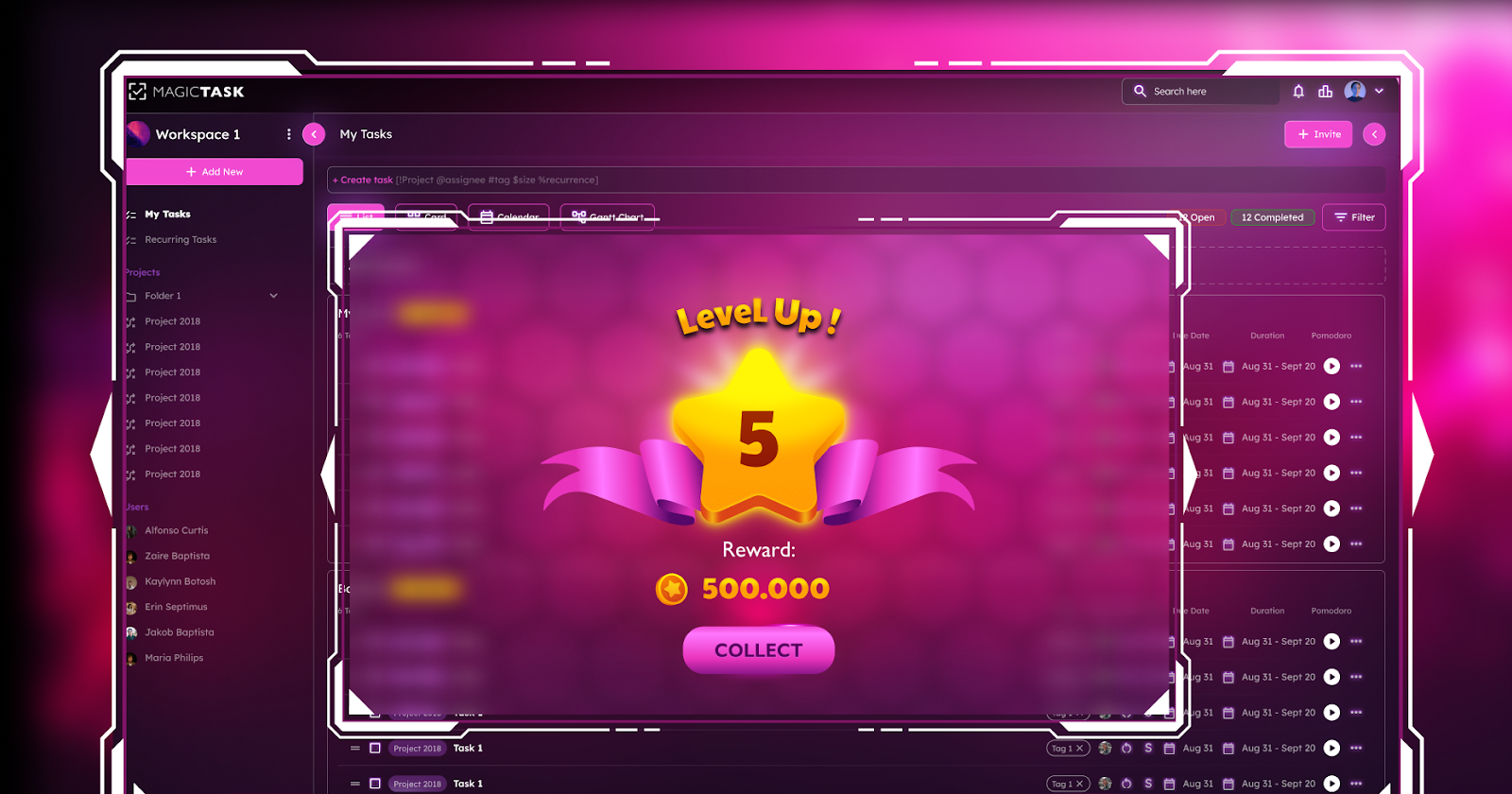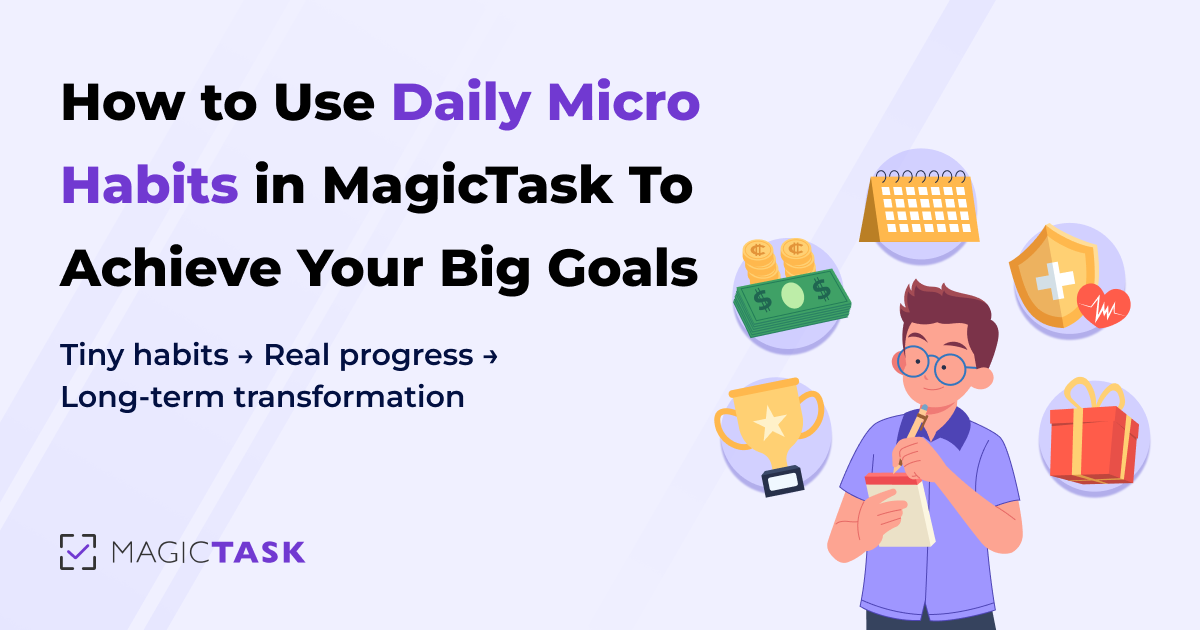Best Practices for Implementing Gamified Systems in Small to Medium-Sized Enterprises
In today's rapidly evolving landscape, small and medium-sized enterprises (SMEs) are constantly seeking innovative ways to enhance both customer interactions and employee engagement. Gamification emerges as a promising solution, blending entertainment with business processes to foster participation, loyalty, and efficiency.
However, successful implementation of gamification requires careful planning and execution, as it is not a one-size-fits-all approach. At the heart of gamification lies its ability to transform mundane tasks into rewarding experiences, thereby boosting commitment and motivation among participants.
To effectively harness the power of gamification, SMEs must adhere to best practices, ensuring alignment with overarching business objectives and delivering tangible results. By following these guidelines, SMEs can navigate the complexities of gamification and reap the benefits it offers in today's dynamic business environment.
Define Clear Objectives
A well-defined set of goals is the cornerstone of any successful gamification project. SMEs should begin by determining the precise objectives they hope to accomplish with gamification, such as raising sales, boosting consumer engagement, or enhancing worker productivity. This clarity makes it possible to create a gamified system that is directly in line with corporate objectives, guaranteeing that each new game mechanic has a purpose.
Businesses may monitor their progress and evaluate the success of their gamification tactics by setting quantifiable goals, and they can make required adjustments to maximize outcomes. A clear set of goals also offers SMEs a framework for assessing the return on investment, which aids in their ability to defend the expenditure of funds on gamification initiatives.
Know Your Audience
For a gamified system to be designed effectively, a thorough understanding of the target audience is essential. SMEs should take the time to investigate the age, interests, habits, and preferences of their users, as well as other demographic and psychographic details. With the use of this information, gamification aspects can be tailored to the audience's preferences, which raises the possibility of engagement.
For example, a gamified system targeted at millennials would emphasize social sharing and competitive challenges, whereas one meant for an older audience might emphasize knowledge acquisition and milestone accomplishments. Not only does audience customization increase engagement, but it also helps the audience feel more connected to the company.
Integrate with Business Processes

It takes a smooth connection with current company procedures for gamification to be successful. This connection makes sure that using the gamified system is seamless and feels like a logical next step for customers interacting with the company. When gamifying customer service, for instance, the system ought to incentivize actions that result in better service results, such as quicker resolution times or more customer satisfaction ratings.
SMEs can reinforce desired behaviors and processes by gamifying their workflow, which will benefit the business and make the user experience rewarding. Additionally, by minimizing interference with current procedures, this strategy promotes easier adoption and improved uniformity in the user experience.
Choose the Right Game Mechanics
Choosing the right game mechanics is essential to creating a gamified experience that players will like. Quests, leaderboards, points, and badges are typical components that can encourage engagement and incentive. However, depending on the target audience and goals, these mechanics' efficacy varies. The objective is to increase engagement without overwhelming participants, thus SMEs need to carefully analyze which components will drive their consumers the most.
Achievability and challenge must be balanced; mechanics should promote advancement without being overly complex to discourage involvement. The secret to a successful gamification approach is carefully selecting game mechanics that complement user preferences and organizational objectives.
Provide Immediate Feedback
Gamification relies heavily on immediate feedback to recognize users' activities and point them in the direction of desired behaviors. Feedback can come in a variety of forms, such as achievement unlocking and point accumulation or visual progress markers. Users are motivated by this immediate acknowledgment because it demonstrates to them the importance of their engagement and how it advances the system's broader objectives.
Giving users regular and pertinent feedback helps SMEs stay engaged and aware of their successes and opportunities for growth. Feedback loops can also be quite helpful in creating a feeling of achievement and motivating users to keep interacting with the gamified system.
Encourage Social Interaction
Gamified systems that incorporate social components have the potential to greatly increase user engagement. Features that capitalize on people's innate desire for social comparison and rivalry include leaderboards, social feeds, and team challenges. SMEs can build a more immersive and engaging experience by enabling users to collaborate, compare progress, and share achievements.
As users share their accomplishments and experiences with their networks, social interactions offer two benefits to the gamified system: they increase user happiness and operate as an effective marketing tool. Through word-of-mouth marketing and system involvement, this strategy also aids in brand promotion and user acquisition.
Offer Meaningful Rewards to Employees

It is impossible to overestimate the value of incentives in a gamified system. But for awards to spur users on, they need to be relevant and consistent with both the gamification initiative's goals and the values of the users. Accomplishment and recognition are examples of intrinsic incentives that have a strong motivating influence and help people feel like they belong.
Extrinsic incentives like freebies, discounts, or exclusive access can also encourage engagement, but they need to be carefully chosen to make sure the intended audience will find them appealing. To sustain high levels of engagement, SMEs should take into account a combination of extrinsic and intrinsic rewards that are tailored to the tastes and motivations of their audience.
In addition, incentives should have clear and attainable requirements so that users are inspired by the task rather than deterred from it. In addition to promoting continuous involvement, a well-designed rewards program strengthens the link between user activities and the accomplishment of organizational and personal objectives.
Ensure Accessibility
For any gamified system to be successful, accessibility is essential. SMEs need to make sure that all target consumers, irrespective of their technological proficiency or availability to cutting-edge technology, can readily engage with their gamification activities. This entails making sure that user interfaces are simple to use and intuitive across a range of platforms and devices, including computers and smartphones.
Ensuring that your gamified system is accessible will increase its reach and guarantee that no portion of your target audience is left out because of technological limitations. Taking accessibility into account from the beginning can show your dedication to diversity and equal opportunity for interaction while also helping you to comply with legal requirements and ethical standards.
Maintain Simplicity
Gamification is the process of incorporating components of games into non-gaming environments; nonetheless, the design and implementation of these systems must remain straightforward. Users who are less tech-savvy or unfamiliar with the concept may become discouraged by too complicated rules or processes. Small and medium-sized businesses (SMEs) should strive for a gamified system that is simple for users to grasp and interact with right away, gradually adding more intricate features as users gain experience and proficiency.
By ensuring that the system is still usable and entertaining for all users, this strategy lowers the possibility of annoyance and disengagement. Gamification's simplicity encourages broader adoption and ongoing engagement, which helps businesses meet their goals.
Monitor and Adapt
A gamified system's implementation is a continuous process that calls for constant observation and modification rather than a one-time effort. SMEs should routinely evaluate how well their gamification efforts are working in comparison to predetermined KPIs and user input. This makes it possible to pinpoint areas that need to be improved, whether they have to do with user satisfaction, engagement, or hitting particular goals.
By modifying the system in light of these discoveries, you can make sure that it will always be applicable and efficient. Consistent participation is encouraged via frequent updates and improvements that are based on user behavior and preferences and keep the experience interesting and lively.
Promote Transparency
To establish and preserve user trust, gamification must be transparent. This calls for open communication regarding the operation of the system, the acquisition of points, and the distribution of incentives. It should be simple for users to view their standings and progress, and they should be aware of the steps needed to move forward.
Users are empowered to interact with the system more skillfully because of this transparency, which also helps them to fully comprehend the advantages of participating and plan their activities. Being transparent for SMEs also entails answering privacy issues and guaranteeing users that their data is handled ethically and securely.

Ensure Privacy and Security
Users in the digital age are most concerned about security and privacy. SMEs must put user data protection first when deploying gamified systems, following all applicable privacy rules and using strong security measures. This entails open and honest communication regarding the use of user information, safe data storage practices, and transparent data-gathering policies.
To meet legal requirements, maintaining privacy and security fosters user confidence, which is essential for encouraging interaction. When users believe that their personal information is handled with care and respect, they are more inclined to engage actively within a gamified system.
Foster a Culture of Recognition
Within an organization, a gamified system can be a useful instrument for fostering a culture of recognition. Businesses can encourage a positive work environment and motivate their employees by publicly recognizing their accomplishments and efforts. This acknowledgment can come in several formats, such as mentions in corporate communications or digital badges and certifications.
Knowing that their efforts are appreciated and acknowledged motivates staff members to take responsibility for their jobs and pursue greatness. Gamification may help SMEs create a culture of recognition by increasing employee engagement, retention, and productivity.
Leverage Technology
A gamified system's technological foundation is essential to its success. For SMEs to provide a smooth and interesting user experience, they need to make use of the most recent developments in cloud computing, mobile applications, and social media integration. In addition to improving the gamified system's usability and accessibility, the appropriate tech stack enables scalability as the company and user base increase.
Sophisticated analytics systems can offer insightful data on user behavior and preferences, which can guide upcoming system improvements. Putting money into a strong technological foundation helps gamification tactics be implemented quickly and effectively.
Measure Success
SMEs need to set up and monitor key performance indicators (KPIs) to assess how gamification affects their company goals. These could include commercial outcomes like increased revenue, improved customer happiness, or increased productivity, as well as measures relating to user engagement like time spent on the system, participation levels, and achievement rates.
Through success measurement, SMEs can calculate the return on investment (ROI) from their gamification initiatives. It also points out potential areas for improvement where the gamified system might not be functioning as planned. Iterating on the gamification approach and keeping it in line with user demands and company goals requires constant assessment and analysis. Furthermore, to maintain support for these efforts, success metrics can be shared with stakeholders to illustrate the benefits of gamification.
Conclusion
For SMEs looking to increase consumer and staff engagement, motivation, and productivity, gamification offers a potent tool. But the success of a gamified system depends on careful design, methodical execution, and continuous improvement. SMEs may make sure their gamification initiatives are well-targeted, interesting, and following their business goals by following the above-mentioned best practices. All of these practices from establishing specific objectives and knowing who the target audience is to guaranteeing accessibility, encouraging openness, and tracking progress help to build gamified systems that are not only engaging but also yield real returns.




